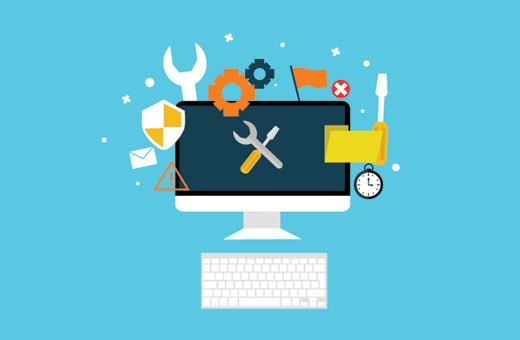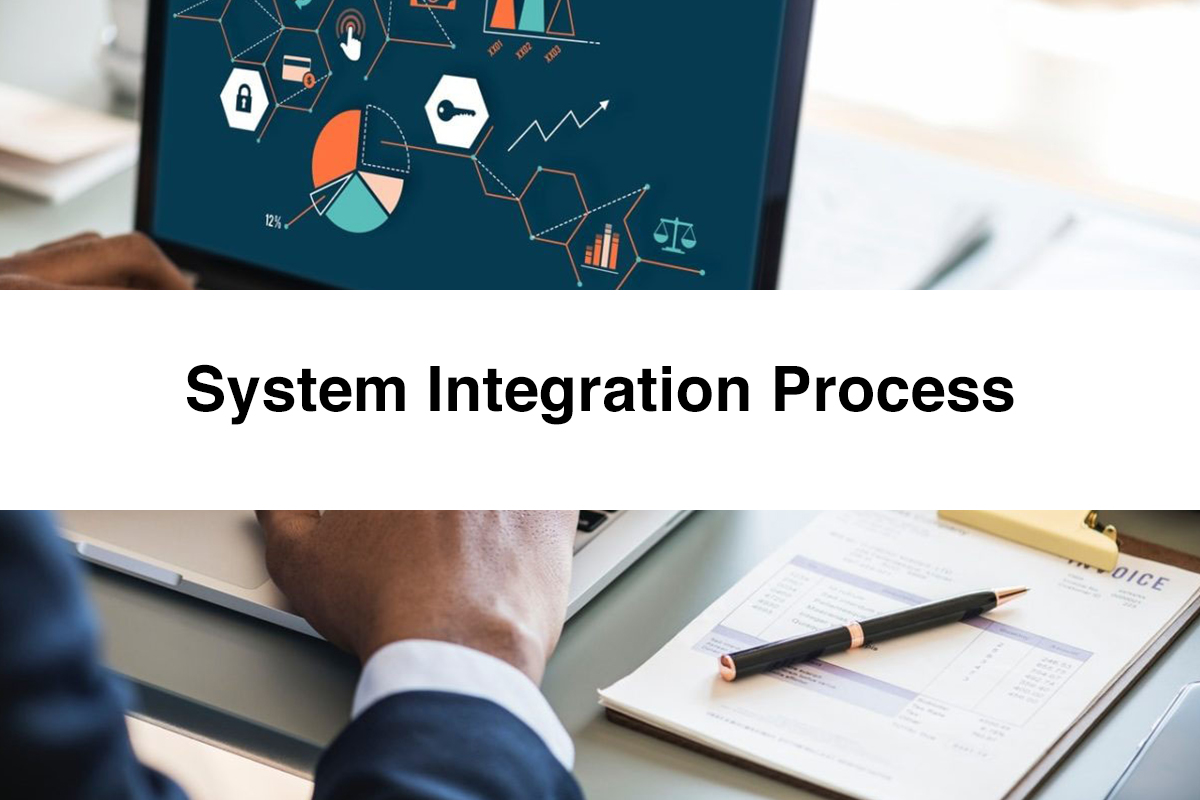System Integration Process
A process of integrating different systems that ensures that the integrated system would perform perfectly with the other one. System integration process enables the interactions between different computing systems and software applications functionally. System integration mainly contains seven different and crucial phases.
What is System Integration?
System integration (SI) is an engineering process of integrating two different subsystems into single system. It ensures that each combined subsystem functions as required. System Integration (SI) is also used to add value to a system through new functionalities providing by connecting roles of different systems.
System Integration Process
Horizontal Integration
Creating a different subsystem that is defined to be the single interface between each subsystem, endorsing that there is only one interface between any subsystem and may be substituted with another without disturbing the others by using dissimilar data and interfaces. This is also named as an Enterprise Service Bus (ESB).
Vertical Integration
Subsystems are integrated rendering to functionality by making “silos” of functional things, beginning with the lowest basic function upward (vertical). This very fast method only involves a few merchants and developers but becomes classier over time because to implement new functionalities, new silos must be formed.
Star Integration
Also known as “Spaghetti Integration” because to each subsystem is connected to many subsystems so that the drawings of the interconnections look like a star. Though the more subsystems there are, the more connections are made, and it ends up viewing like spaghetti.
Common Data Format
It is used to support the system and having a connector to convert each file in a single file format. Systems using this process set a common or application-independent format, or they offer a service that does the renovation to or from one application into the common application.
7 Steps of the System Integration Process
Requirements Gathering
Before starting to working on system integration; list out all requirements given by the customer. Proficiency is needs in including the requirements of both the systems that are to be combined to made this method easy and seamless. You must know accurately what you and your team assume the future system and its components to do. To offer an active solution, an IT business has to ensure your staffs and clients will find the software that comfortable and easy to use.

Feasibility Analysis
Once the requirements, meanings, and provisions referencing the systems to be integrated are enumerated down, feasibility analysis takes place. The feasibility study contains a complete analysis of the system integration process built on strong research to support the decision-making process.

Architecture Design
This is the system building phase that contains a system architecture plan about how the system should be integrated into the other inclusive system. Blueprints of the integration plan are shaped that also includes the planned architecture plan and much more.
Management Plan
Once the whole plan of system integration is released, this phase hail from into existence. Risk issue calculations, project finishing plan, alternative listing are the procedures perform in this stage.
System Integration Design
In this step of system integration life cycle that include logical and physical plans created for the system that are to be combined. Preliminary designs, complete designs, system tests, etc. are the methods included in this phase. This is the lengthiest and the most challenging stage of the process where the real integration is performed. If all of the previous steps have been surveyed with near attention to detail, a systems integrator should do systems integration successfully and simply, without losing treasured data.
Implementation
Once the system plan is ready, it is confirmed implemented and thoroughly. Before running the integrated systems, it is confirmed to give error-free solution to the client. In case of errors, the system is once again tested by the testers making it error-free. The final report contains an error-free integrated system.
Maintenance and Support
It is the main advantage of having your subsystems combined by a professional business over purchasing a new off-the-shelf solution is that a systems integrator makes sure your product works perfectly even after it is released. If your discovery it tough to use or lost a feature, the components can be improved or added anytime. You can report every bug you detect and the business that has made the system for you will take care of protecting it.

Benefits of System Integration
Systems integration is vital for any company to succeed. It certifies unified data connectivity and reduce errors, improve the inside workflow of your organization and the estimates of your company on the market. Having all of your systems integrated into one aids your company to achieve:

Improve Real-time Visibility
Building timely informed results on outdated information can have terrible significance. When your reports on performance across sales, money and service sections are not integrated, it takes hours to obtain this information by hand, which still may not be accurate. With time, some firms stop collecting and examining their data to emphasis on other, less time-consuming tasks, harming their business at the same time. Continuous data connectivity certifies all of your employees are knowledgeable and base their choices on proper data, which can be get into from anywhere at any time. Systems integration process reduces risks and allows you to make critical decisions created on accurate information and not on your gut instinct.
Process Efficiency
When it comes to the productivity of your staff, you can benefit from integrating your structures in two ways. Automating many processes such as billing, financial association, etc.,
Two ways for effective process :
– Boost the productivity of your employees
– Limit new hires
Increased Sales
integrated systems have a vast impact on your total sales, especially for the sales business. Data connectivity is a great way to improve your business results using two reasons are clients and staffs. It is easier to use one system for:
- Your customers – running an online store needs you to give customers continual access to most of your data. It enables them to see if whatever they are looking for is accessible to purchase and how soon they can collect the product.
- Your employees – excellent customer service is one of the vital factors that help you to beat your contestants.

Valuable Data Collection
There is a purpose why data is so popular these days and it is because it permits you to analyze every result that your business makes and to perceive every fault. Having data centralized in one place not only gives you more exact results, but it also allows you to save computer storing space. Every alteration is announced to the system automatically, which removes the probability of improper analysis and saves you periods of work.
Cost and Storage Savings
After your system is integrated, the cost is reduced in every phase of your business process. However, the extreme growth in your earnings is a result of making well, more precise decisions.









